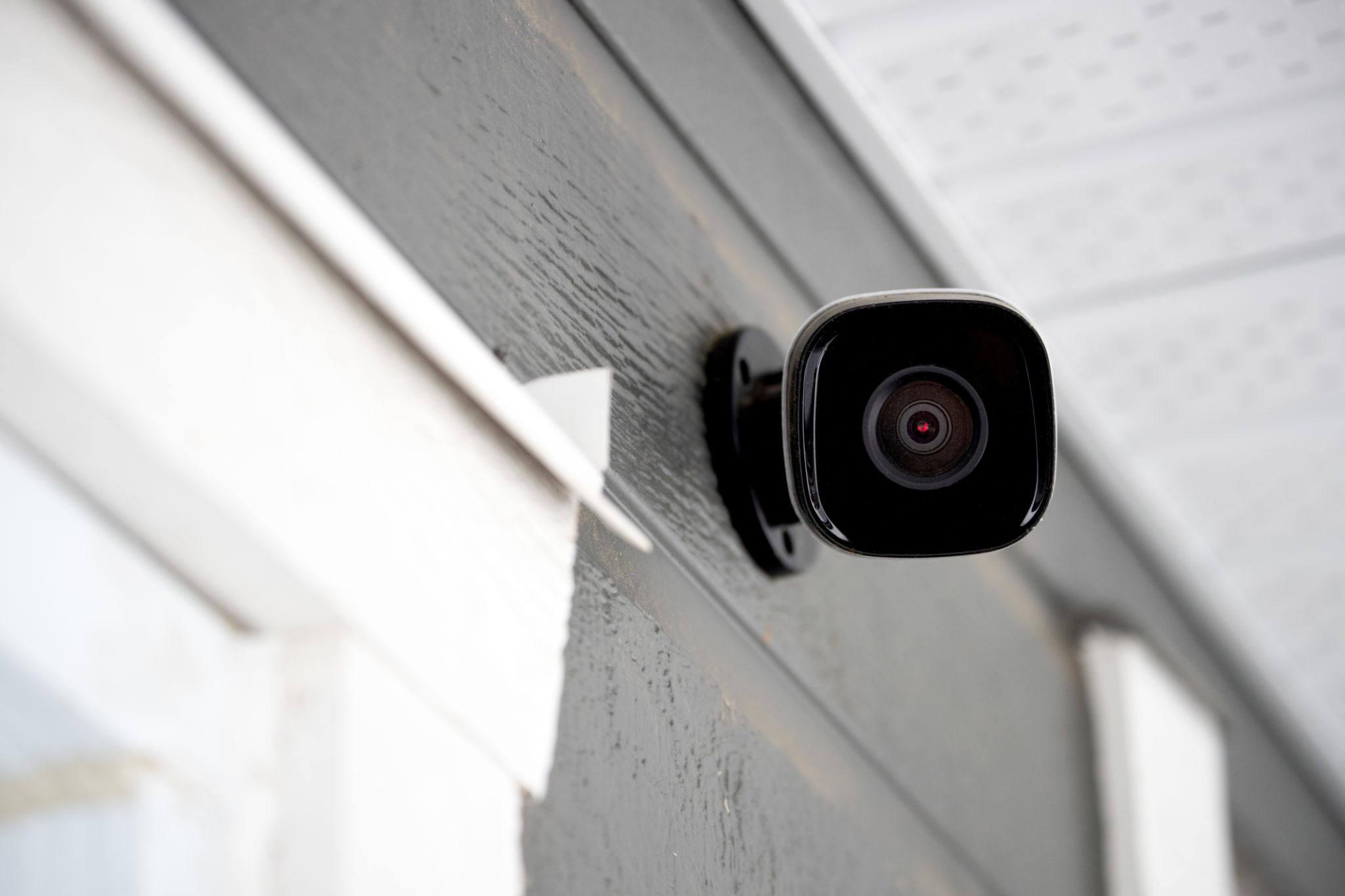Common Smart Home Installation Mistakes and How to Avoid Them
AD
Understanding Smart Home Systems
Smart homes are no longer a futuristic concept; they are becoming a staple in modern living. From smart thermostats that learn your schedule to intelligent lighting systems that adjust according to your preferences, these technologies offer convenience and energy efficiency. However, while the benefits are plentiful, setting up a smart home system can be a daunting task if not done correctly.

Improper Planning
One of the most common mistakes when installing smart home devices is inadequate planning. Before purchasing any device, it is crucial to understand your specific needs and how different devices will interact within your home. Many people rush into buying gadgets without considering compatibility with existing systems, leading to unnecessary frustration.
To avoid this mistake, create a detailed plan of what you want to achieve with your smart home setup. Consider factors like device compatibility, network requirements, and potential future expansions. This planning phase is essential for ensuring a seamless integration of all components.
Overloading the Network
Another frequent issue encountered is network overload. Smart devices rely heavily on Wi-Fi connections, and too many devices connected at once can strain your network, causing slow performance or connectivity issues. This is especially true for homes with older routers that may not support high bandwidth demands.
To prevent network overload, invest in a robust router that can handle multiple connections and consider using a dual-band router to separate high-traffic devices from lower-demand ones. Also, make sure your network is secured with strong passwords to protect your privacy.

Ignoring Security Measures
Security is a critical aspect of any smart home installation, yet it is often overlooked. Failing to implement security measures can leave your devices vulnerable to hacking and unauthorized access. Many users neglect to change default passwords or update firmware, which are basic steps in securing smart devices.
To enhance security, always change default passwords to something unique and complex. Regularly update the firmware of your devices to protect against vulnerabilities. Additionally, consider setting up a separate guest network for visitors to prevent unauthorized access to your primary network.

Poor Device Placement
The placement of smart devices significantly impacts their performance. For instance, positioning a smart thermostat near a heat source or placing a security camera in a spot with poor lighting can lead to inaccurate readings and reduced effectiveness.
To optimize performance, place devices in locations that maximize their intended function. Ensure that sensors are not obstructed and that cameras have a clear view of the area they are meant to monitor. Proper placement not only enhances functionality but also prolongs the lifespan of your devices.
Conclusion: A Smart Approach
Transforming your space into a smart home is an exciting venture that can greatly improve your quality of life. By avoiding common installation mistakes such as poor planning, network overload, ignored security measures, and improper device placement, you can ensure a seamless and secure smart home experience.
Taking the time to understand each device's requirements and potential challenges will help you build an efficient and reliable system tailored to your needs. With careful consideration and strategic planning, you can enjoy all the benefits that smart technology has to offer without the headaches.